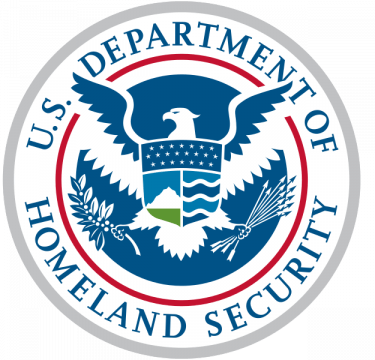
Categories

This is part of a series of articles by Wright Lindsey Jennings’ labor and employment team examining key trends for employers and the workplace in 2018. The series was featured in Arkansas Business.
The Trump administration’s top immigration enforcement official is warning employers that his agency will be stepping up enforcement of immigration laws prohibiting the employment of unauthorized foreign workers.
Tom Homan, the acting director of Immigration and Customs Enforcement (ICE), told a conservative gathering at the Heritage Foundation in October that he had instructed his officers to review how much time they spent on worksite enforcement and to increase it “four to five times.” Homan previously told the Dallas Morning News during an interview in August: “You are going to see a lot more work-site enforcement this year.”
Cracking down on employers by increasing worksite enforcement is in line with the Trump administration’s hardline approach to illegal immigration and its desire to “turn off the jobs and benefits magnet” that attracts foreign workers.
Shortly after coming into office, President Trump signed an executive order directing the Department of Homeland Security to hire 10,000 more ICE agents (as well as 5,000 more border patrol agents). Homan reiterated that his agency would punish not only offending employers, but also undocumented workers discovered during worksite enforcement visits: “Not only are we going to prosecute the employers that hire illegal workers, we’re going to detain and remove the illegal alien workers.”
According to the New York Times, more than 65,000 people were detained by ICE during Trump’s first six months in office, a nearly 40 percent increase over the same period the previous year.
Arkansas employers should take note that the chances of a visit from ICE appear much more likely in the coming year.
While worksite visits were down dramatically during the 2017 fiscal year, the Trump administration is clearly signaling a change. The risk to employers is not limited to employing unauthorized workers. During an ICE audit, employers can find themselves in trouble not only if they have unauthorized workers, but (more commonly) because they did not properly prepare or maintain I-9 forms for each employee.
Penalties can be steep – fines generally start around $200 and go up to several thousand dollars per offense. Fines for hiring unauthorized workers are even higher – anywhere between $548 and $4,384 per worker for a first offense. It’s not uncommon for total fines to climb into the hundreds of thousands (and in some cases millions) of dollars.
Get Ahead of Problems
Employers would be smart to conduct an internal I-9 audit now to identify and correct potential problems. In fact, an annual internal I-9 audit is on ICE’s list of “Best Employment Practices.” Employers may also be granted a “safe harbor” if ICE discovers an unauthorized worker and the employer has properly prepared and maintained its I-9 forms.
Unfortunately, self-audits can create more problems when employers choose to perform the audit themselves and then commit mistakes that lead to further violations. Common mistakes include filling out new I-9 forms for employees and throwing the old ones away, making revisions to I-9 forms without signing and dating the change, and preparing new I-9 forms to correct mistakes and backdating them so they appear to be timely.
Even if these mistakes are “innocent,” they can lead to stiff fines. Therefore, the better practice may be to engage an outside firm or consultant to perform the audit, especially if it is the company’s first internal audit or if the company suspects there may be issues.
An internal audit is also an opportunity to update I-9 policies and to train employees on proper procedures to prevent future mistakes and how to respond when an ICE audit occurs. Whether a company decides to conduct an audit itself or through an outside party, now is a good time to start.








































































